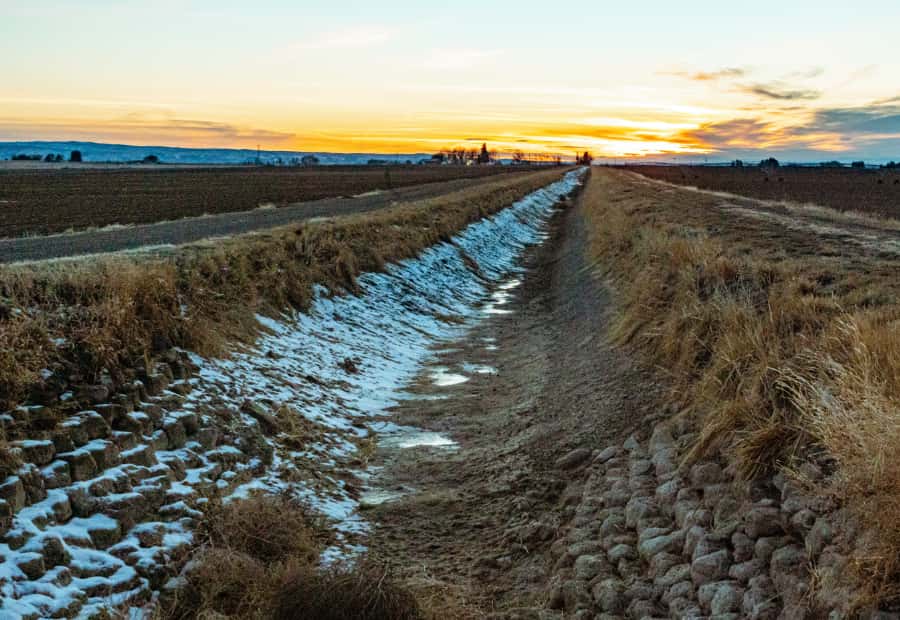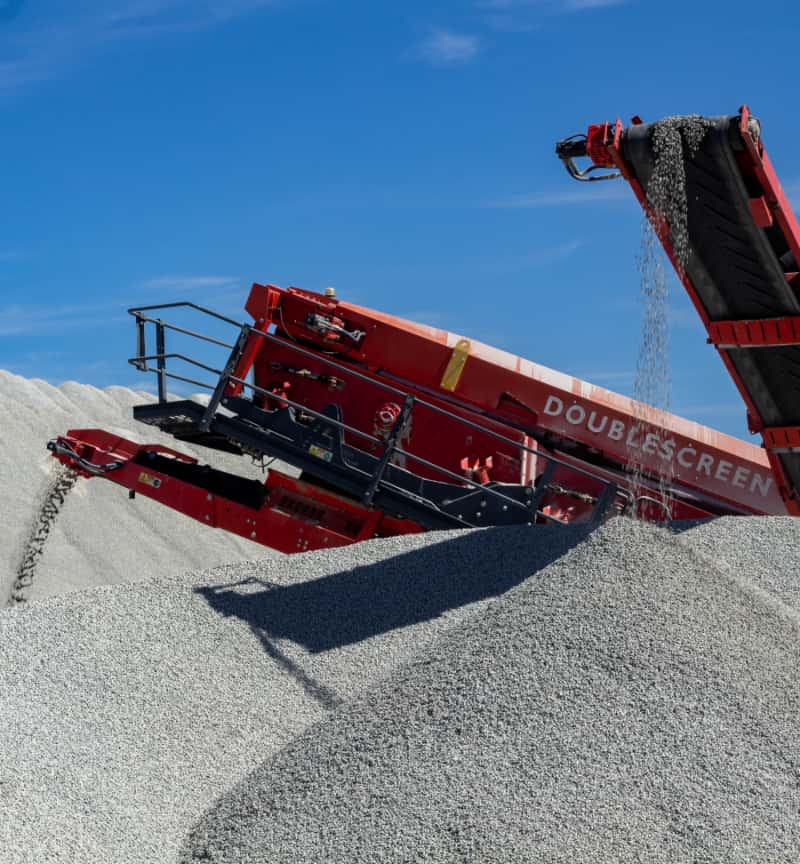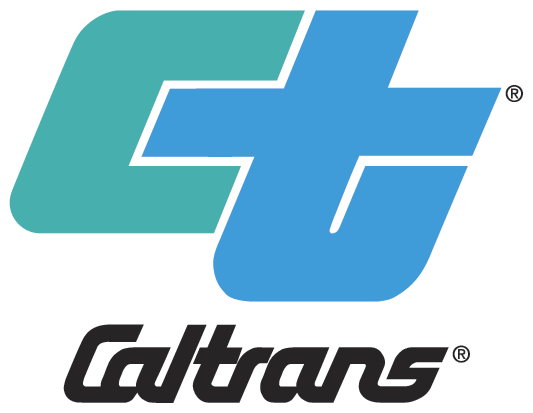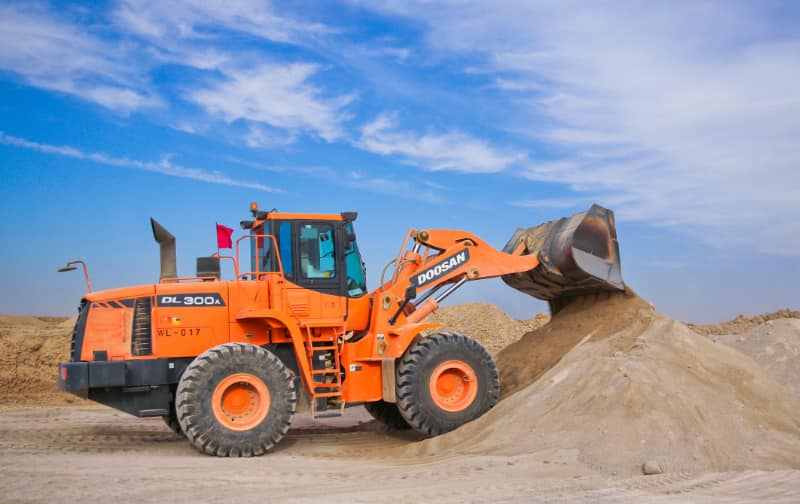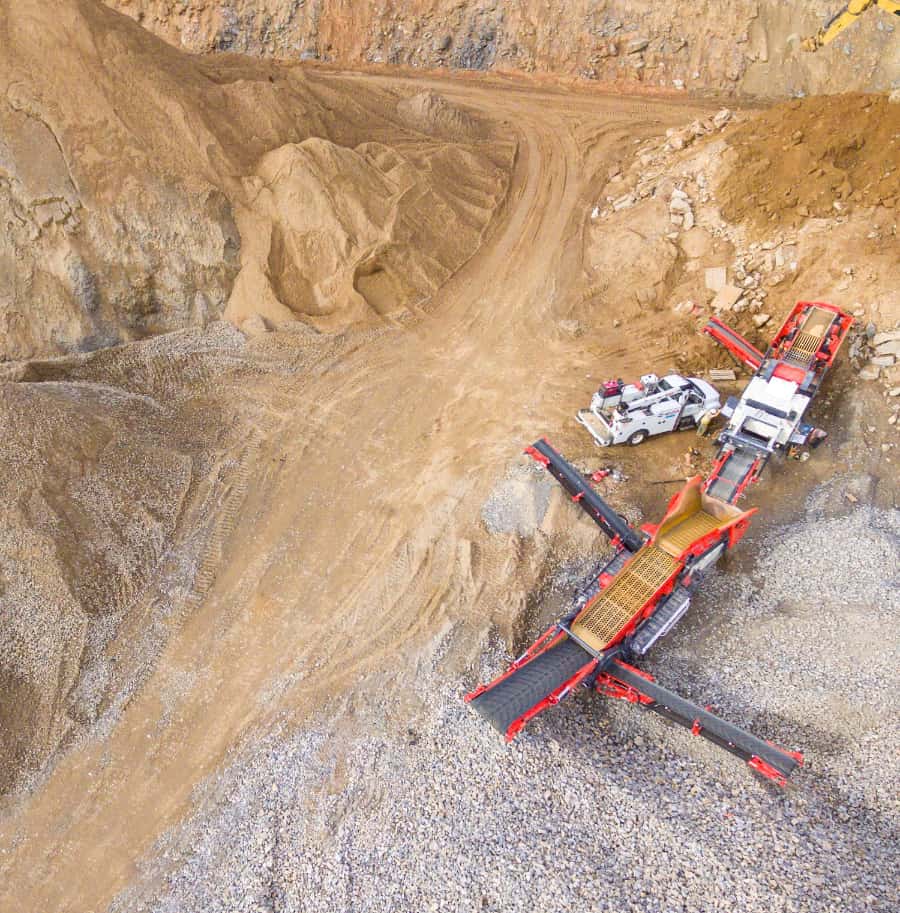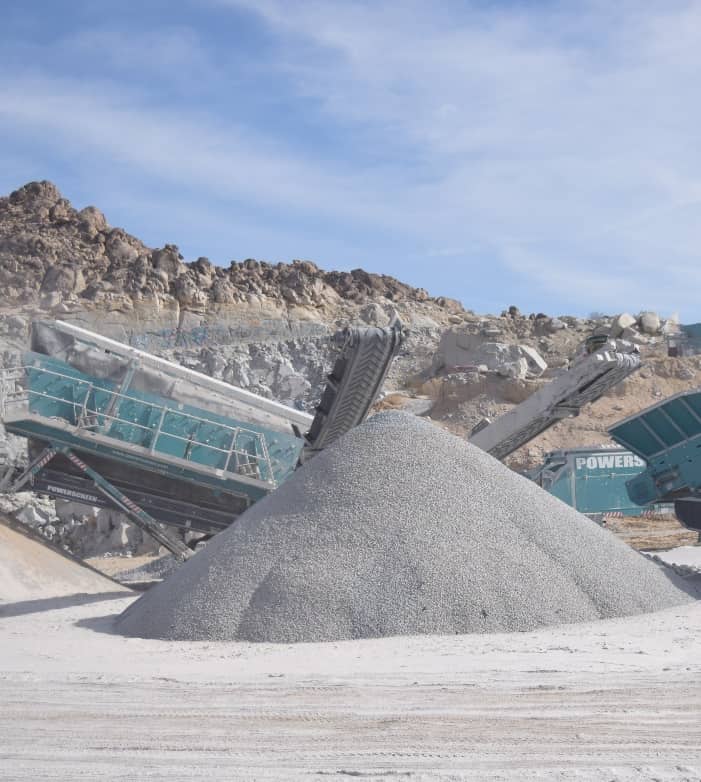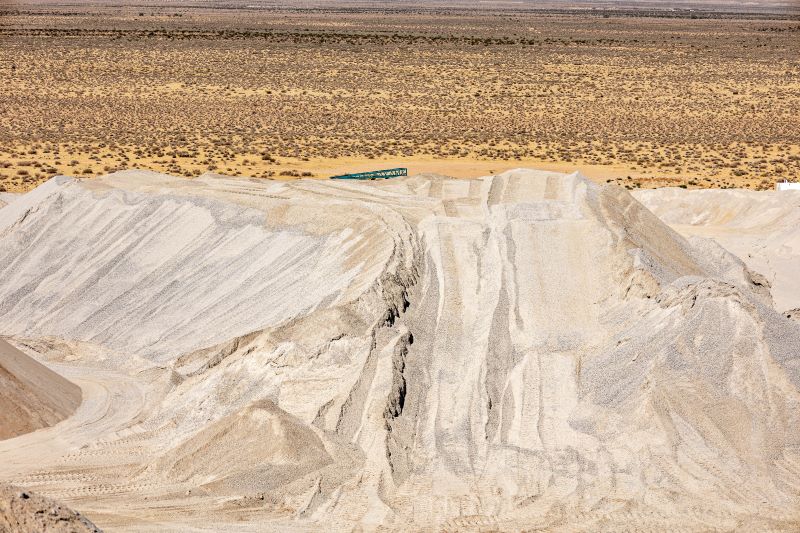
Asphalt Aggregate in Southern California
Roads are a complex system in and of themselves, but very few are familiar with the intricate process behind creating safe and accessible roadway systems. So, what is asphalt aggregate and why is it important?
What Is Asphalt Aggregate?
Asphalt aggregate is a complex mixture of minerals with the addition of asphalt cement. The word aggregate is a catch-all term for minerals such as sand, gravel, or crushed rock. Put simply, asphalt aggregate is a type of aggregate. Regarding construction, it is necessary as a base material and a key component for strengthening new and impaired roadways.
Where Does Aggregate come from?
Aggregate is often sourced from the byproduct of manufacturing industries. It can also be sourced naturally. Natural mineral deposits exist in mines and quarries, where they are routinely blasted or dug up. This process can yield a variety of different minerals. Therefore, when it comes to asphalt construction, the following must be considered to ensure quality:
- Size
- Particle shape
- Surface texture
- Absorption
- Stripping
To create proper pavement material, the aggregate must be tested for a preferred set of physical and chemical properties. This is to avoid stripping, which can destroy the integrity of the road and make driving dangerous. Additionally, the aggregate must also bind well to the cement mixture. Meaning, if a reactive mineral exists in the aggregate, it can cause a chemical reaction with the cement mixture that can cause cracking or spalling.
How Asphalt Aggregate Is Made
There are several layers to a road, thus the manufacturing process for paving aggregate involves several industries, a refining process, and the distribution of several resources to create a complex roadway material. The asphalt itself is created and heated in a plant. It is generally created as a highly formidable product with some level of resistance to pressure from vehicles.
There are many versions of asphalt, depending on what it’s needed for. A cold mix, for example, is infused with water, bitumen, or some other binding agent to make the aggregate malleable during refinement. This process is common for rarely used roads, such as countryside roadways, while warm mixes are more sustainable than hot mixes.
I you need aggregate products in Southern California, our quarry in Barstow, California, has high quality granite rock available for construction and private needs.

